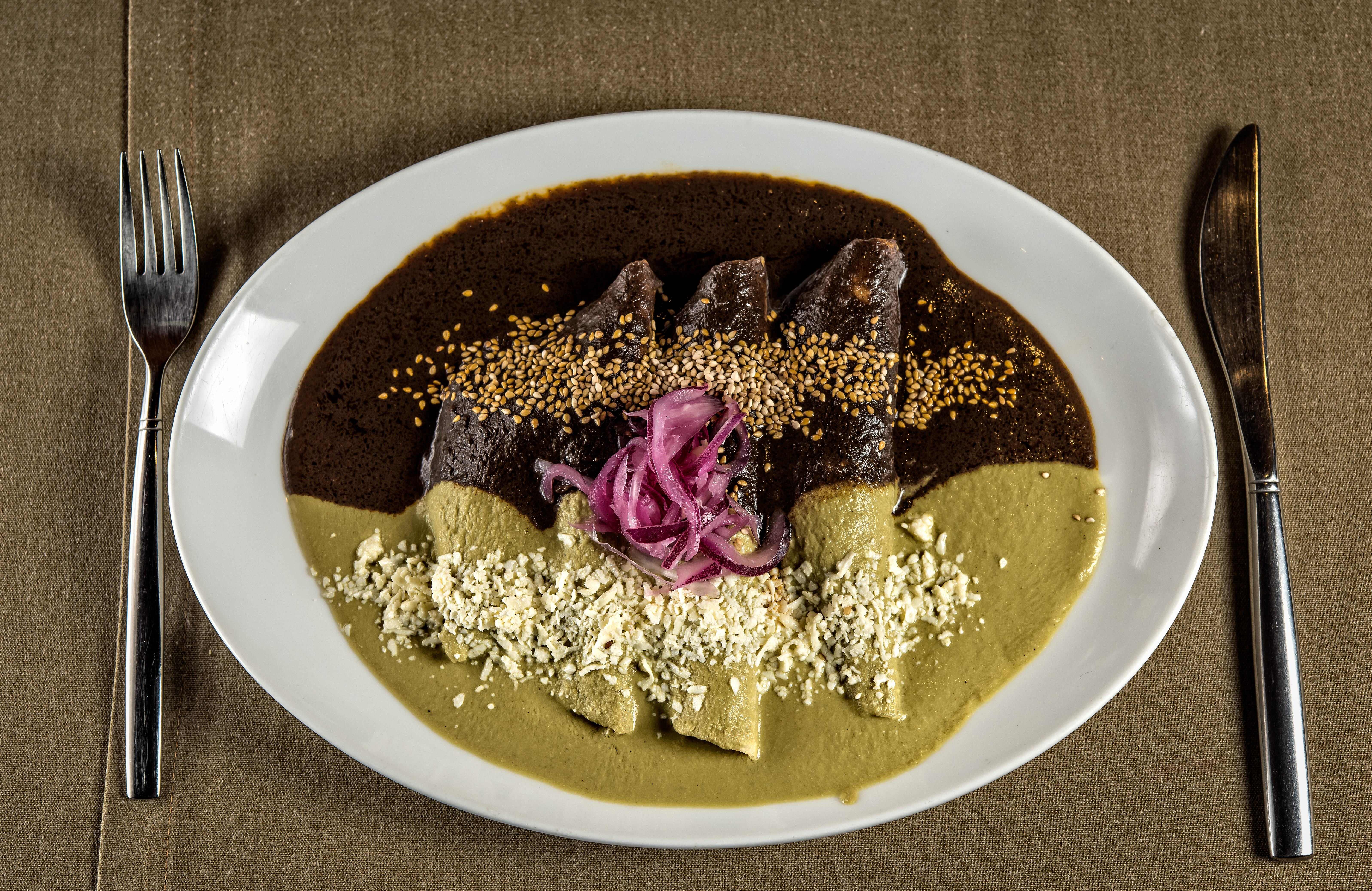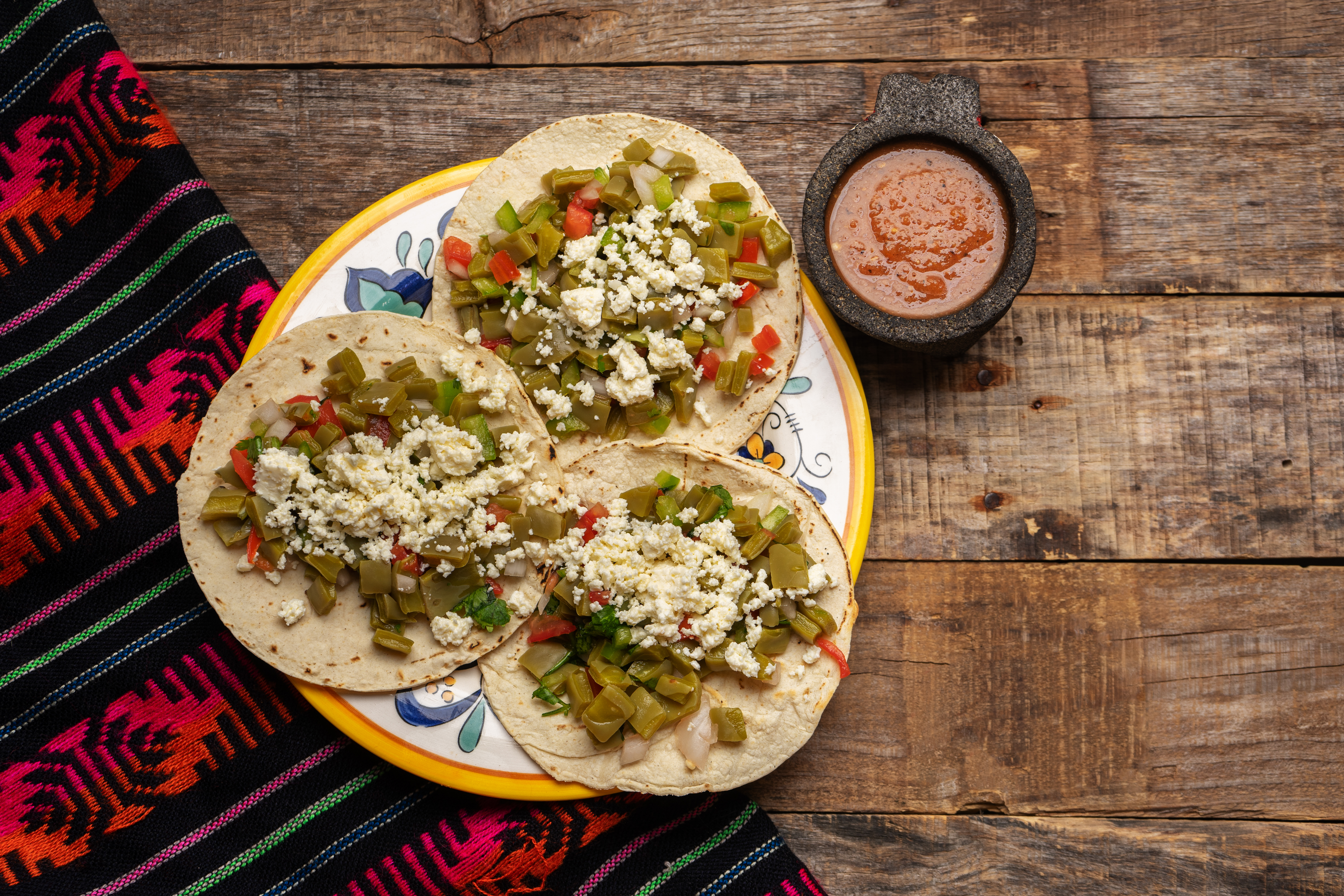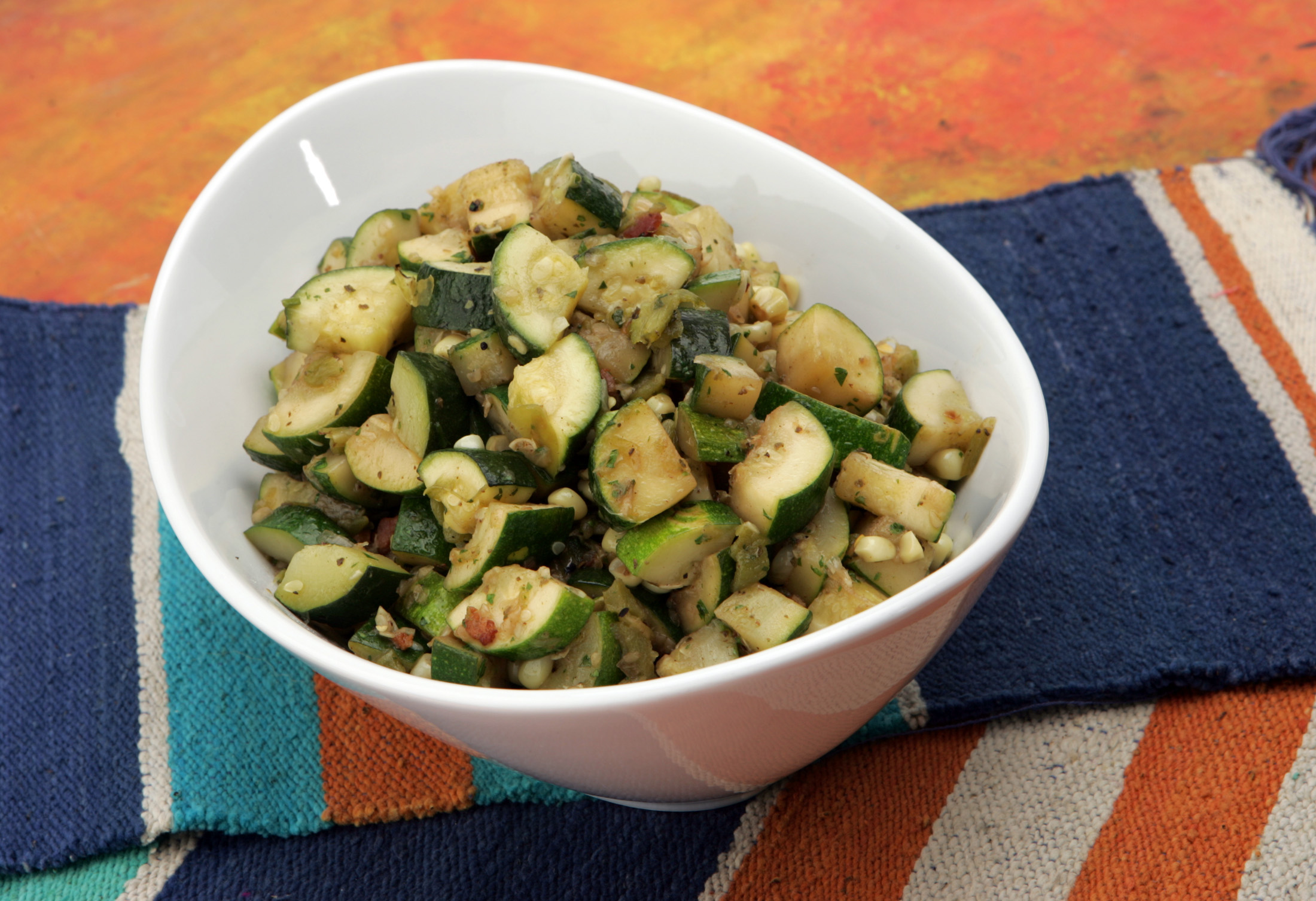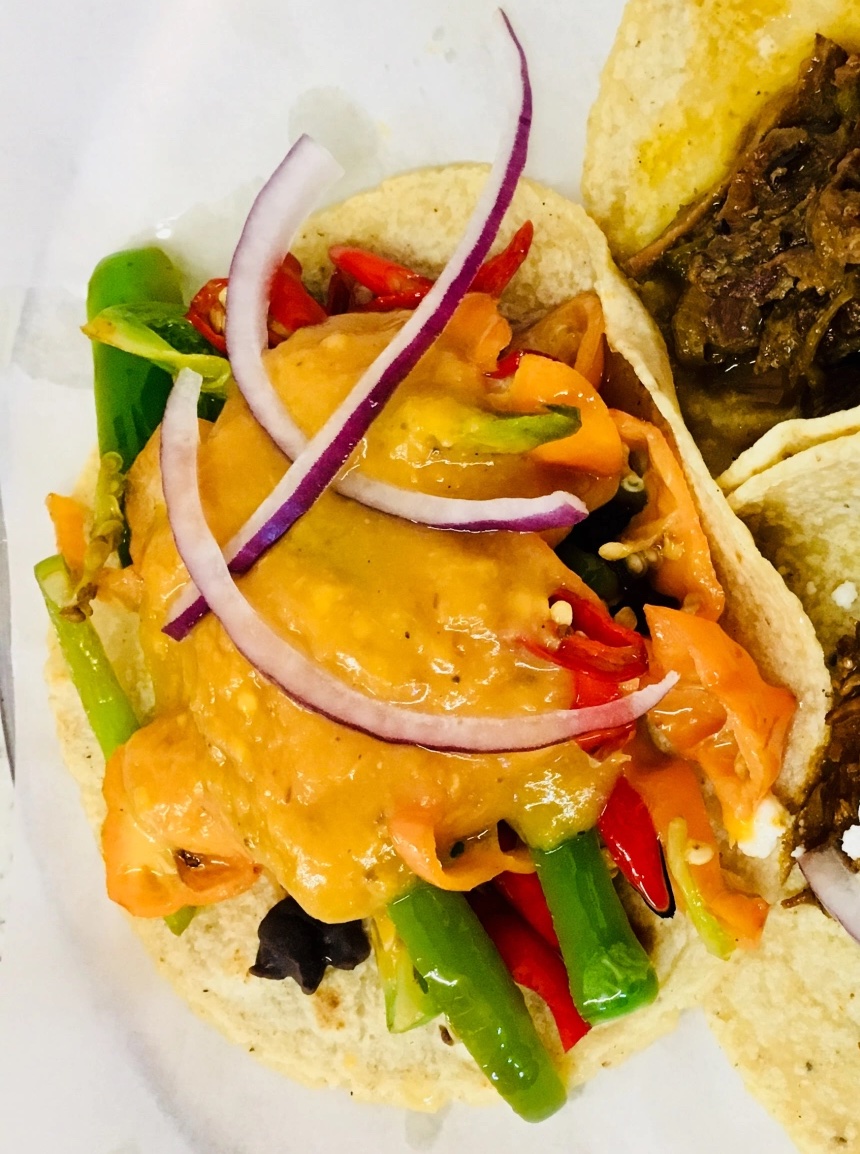For all of its faults, the most beautiful thing about the United States of America is how it’s made up of a tapestry of cultures and traditions from all around the world. That’s especially fun when we’re talking about the food. The US is still segregated in many ways and while various communities continue to have strife over cultural, political, and economic issues, the great equalizer is food. Whether you live in a red state or blue state, a rich community or a poor one, the country has a deep appreciation for food — even if it doesn’t always value it congruent to the labor it takes to produce it.
In the US, you can easily eat Ethiopian food for breakfast, Thai for lunch, and Italian food at dinner without having to venture too far from your neighborhood. The most “American” thing, breakfast, is an amalgamation of foodstuffs from all over the world — filtered down into a single menu that Americans are proud to claim as their own.
As a melting pot, the history of “American” food is deep and complicated, especially when you consider that before the United States was even a country the Indigenous peoples of what is now Mexico, the South Western United States, and deep into Central America and beyond were colliding with Spanish food traditions for hundreds of years, and had their own unique food traditions a millennia before that. While much of the cross-pollination in this land is a result of a dark past full of colonization and forced assimilation, it’s also a beautiful thing, and as the United States further integrates with the various peoples that call the country home, it continues to expand and absorb the foodstuffs of the many different countries and cultures.
Aside from white people, the United States Latino population is its largest and fastest growing demographic, and, as such, food from “south of the border” has a huge hold and influence on the country’s cuisine. While we’re all familiar with tacos, burritos, nachos, tortillas, salsa, and beans, there are still so many delicious dishes that have yet to make their way onto American menus. Every year it seems there is a new food trend making its way from the Americas (namely Mexico) into our ever-growing menu of foods — like birria which wasn’t invented recently but exploded in popularity with the rise of TikTok and Instagram foodie accounts in 2021.
Birria isn’t the only Mexican dish that deserves more love on menus in the United States, either. Mexico is full of great food that still hasn’t completely crossed over. So today we’re highlighting five dishes from Mexico that deserve more love on menus here in the states. Let’s dive in!
Mole Verde (Green Mole)

If you frequent Mexican restaurants you’re probably aware of mole, a thick and rich sauce made from chilis, fruit, seeds, and most notably Mexican chocolate, but what most menus don’t tell you is that this is actually what is known as Mole Poblano. Mole in Mexico comes in all sorts of different forms, many of which don’t involve chocolate at all, goes back to the time of the Aztec Empire, and gets its name from the Nahuatl language. The Nahuatl word, molli, means sauce, so as you might imagine, mole is a very broad term that covers a lot of different thick and savory sauces.
My favorite by far is Mole Verde, or green mole, which hails from Oaxaca and consists of a blend of green herbs like cilantro and parsley, green chilis, pumpkin seeds, and tomatillos. The resulting flavor is savory and mouthwatering blend of spicy, nutty, and fresh herbaceous notes that linger on the tongue like your favorite spicy salsa, but offer a heartier quality that works great smothered on tamales, tacos, or enchiladas.
I’ve only had green mole once in the States at a restaurant in Whittier California called Bizarra Capital on a dish that consisted of green mole over French fries, melted cheese, sweet onion aioli, and seed salsa. That’s in no way traditionally Mexican, but it serves as a great entry point to the wider world of mole for US palettes.
Nopales

Nopales, or Prickly Pear Cactus pads aren’t that hard to find at Mexican restaurants in America. Nopales tacos are usually found at higher-end Mexican restaurants or more authentic taquerias (which is sort of ironic considering nopales are dirt cheap and should be everywhere), but the ingredient is totally underutilized on American menus. Nopales are so versatile and feature a bright almost citrus-like flavor that isn’t unlike asparagus yet generally costs a fraction of the price.
You can cook nopales con huevos (nopales, eggs, and some chilis), eat the large pads grilled on a fire, pickle them, throw them into a plate of chorizo to add some vegetal brightness with nopales con chorizo, toss them into a salad… truly, you can let your imagination run wild with this flexible and healthy ingredient.
For beginners, I suggest a nopales salsa which consists of cooked nopales tossed with lime, salt, Serrano peppers, onions, cilantro, and tomato. Sound familiar? It should, because it’s essentially pico de Gallo, but with the added cactus it contains an extra dimension of earthy vegetal flavors that’ll make you wonder why you ever bothered with regular old Pico De Gallo in the first place when this has always existed.
Calabacitas

Every time I go to a Mexican food spot in the States and see “vegan” or “vegetarian” tacos made with plant-based meats or jackfruit a little piece of me dies inside. Not because plant-based tacos are bad per se (though, I’ve never had a good one) but because there are plenty of Mexican dishes that are vegetarian-friendly and don’t require the use of weird lab meat or expensive jackfruit. One such dish is calabacitas, a medley of sautéed Mexican heirloom squash, corn, tomatoes, and chili peppers, resulting in a stew-like meal that works perfectly as a side or a main course once thrown into a corn tortilla-based taco.
This veggie blend is downright meaty, and it’s so substantial and satisfying that you won’t even miss the absence of animal protein, and the best part is it doesn’t taste like it’s trying to mimic meat. It stands completely on its own!
The Mexican heirloom squash, sometimes just called “calabacitas” is very similar to zucchini, only it’s much sweeter, which helps this dish stand out, and smaller and lighter in color. You can easily find calabacitas at your local Mexican market alongside all the other vegetables, or you can just make it with whatever squash you have on hand.
If you’re not trying to cut out meat from your diet, consider trying calabacitas con puerco, which is a slow-simmered stew made from pork rubs, tomatoes, and calabacitas.
Chiles Toreados Tacos

US foodies have this weird obsession with approaching spicy food as some sort of dare. Take Hot Ones for example, an entire interview show revolving around eating increasingly spicy wings that people can’t seem to get enough of even though for much of the rest of the world, the spicy sensation isn’t in any way novel — it’s simply our bread and butter.
Chilies Toreados, or blistered peppers, are a mix of pressed, pan-fried chili peppers usually cooked in a comal that combine some of the hottest peppers found in Mexico into a single spicy dish that’ll make your eyes water, your heart beat harder, and make your tongue want to fall out. It’s the sort of spicy dish that makes you feel straight up high after you’ve eaten it. I’ve seen all sorts of alterations on this dish, sometimes it’s a simple mix of serrano and jalapeño peppers tossed with lime and soy sauce, and sometimes it leans on the spicier side with serrano, habanero.
At LA taco spot Guisados, the Chiles Toreados taco mixes habanero, serrano, jalapeño, and Thai chilies over black beans with a spicy habanero salsa on top. It is legitimately the spiciest taco I’ve ever eaten in my life, and I have a very high spice tolerance. Unfortunately, I’ve yet to find more restaurants that serve this beloved Mexican dish.
Elotes

If you live in California you’re probably rolling your eyes at our inclusion of elotes, but this popular Mexican street food hasn’t completely crossed over to the rest of the states, so we’re closing out our list with this one. This popular side dish is Mexico’s version of corn on the cob, and features grilled corn slathered in mayonnaise, cotija cheese, spices like chile powder, ancho chiles, crushed guajillo or tajín, and finished with a squeeze of fresh lime. It’s sweet, tangy, spicy, savory, salty, an explosion of different flavors and sensations in your mouth that’ll leave you with teeth full of corn, a face dusted with spices and mayo, and not a single care in the world.
I’ve had a lot of American variations on the elote and it never quite hits like the real thing from a street vendor in LA. Mayo-slathered corn doesn’t sound like it would be everyone’s thing, but just try it the next time you find yourself at a park in Los Angeles, you’ll never look back.







